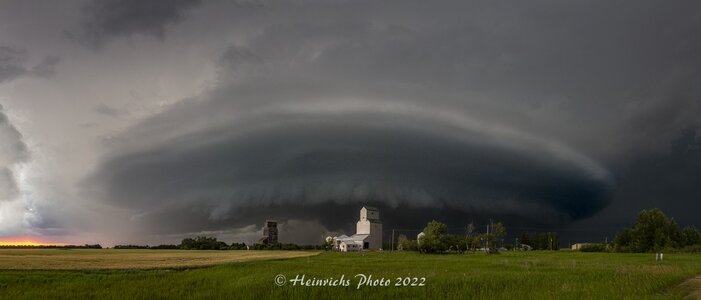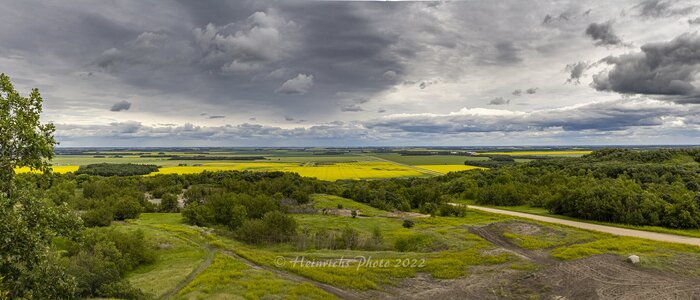Pro Member
- Followers
- 4
- Following
- 0
- Joined
- Aug 29, 2021
- Posts
- 396
- Likes Received
- 418
- Name
- Jake Kurdsjuk
- City/State
- Washington, NJ
"Mucking around"? I've done enough of that. If I go down that road it's about creating something from the capture that either looks nothing like a photograph, or is an altered reality from what the capture shows. Composites, changed backgrounds, removal of major objects, etc.I think Manipulate works well. I look at it that Post-process (develop) to me has an end goal, whilst editing is just mucking around to see what I might find. In full disclosure, I do both, but spend much more concentrated time on things I develop for an end production.


